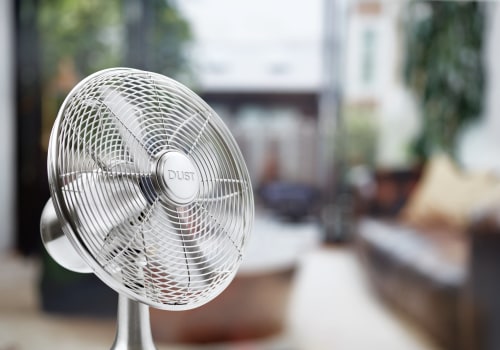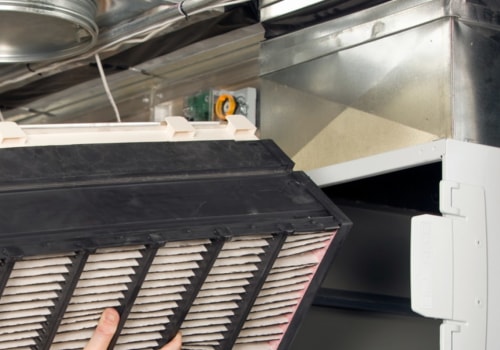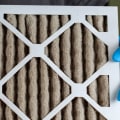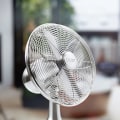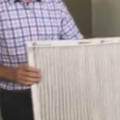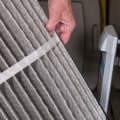Asbestos is a hazardous material that can cause serious health problems if inhaled. It is made up of microscopic fibers that can be found in the air, and it is important to have an air filter that can trap these fibers. The Minimum Efficiency Report Value (MERV) system is used to rate air filter fabrics, with the tightest fabrics being rated highest on the scale. A MERV 13 filter is capable of trapping fibers on a microscopic scale, but it may not be the best option for trapping asbestos.
HEPA air filters are designed to capture particles above and below 0.3 microns, making them ideal for capturing asbestos fibers. They are used by certified professionals both indoors and outdoors to remove asbestos, mold, lead, and other irritants. However, they cannot do much if the source of exposure is still inside the building and producing particles in the air. A MERV 13 filter is a step in the right direction and captures more particles than a typical MERV 8 filter.
However, it is not as effective at capturing small virus-sized particles as a HEPA filter. A MERV 13 will trap less than 75% of air particles that are 0.3-1.0 microns in size, which includes coronavirus particles. It can also be difficult for many existing HVAC systems to adopt a MERV 13 filter due to the greater fan load of finer filter media, which can reduce airflow if your system is not designed to handle it. For most installations, a MERV 8 or MERV 11 filter strikes the right balance between affordability and protection from allergens, toxins, and irritants.
If you operate an industrial facility, a filter closer to MERV 13 could be beneficial in removing additional pollutants such as smoke and smog from the air. HEPA filters are known for their ability to filter out some of the toughest particles, including asbestos fibers which range from 0.7 to 90 microns in size. Air purifiers must be used multiple times to achieve optimal results when removing asbestos from the air. It is also recommended that you speak with an asbestos removal specialist to determine the best filter option for your needs depending on your environment and air quality. Considering the threat posed by COVID-19 and other germs, upgrading a building's air filter to a HEPA is a much more effective step than just a MERV 13 due to the small size of viruses (0.06-0.12 microns).
Air filters must be maintained regularly to avoid any issues with air systems. For those with respiratory diseases, fresh filtered air can improve their quality of life by eliminating most of the “triggers” of pollutants. Do-It-Yourself (DIY) air filters can be assembled from box fans and square HVAC (or oven) filters, but they cannot pick up and choose what particles they extract from passing airflow. In conclusion, while a MERV 13 filter is capable of trapping microscopic fibers on a microscopic scale, it may not be the best option for trapping asbestos fibers due to its inability to capture small virus-sized particles as effectively as a HEPA filter can. HEPA filters are ideal for capturing asbestos fibers and should be used by certified professionals both indoors and outdoors for optimal results.
